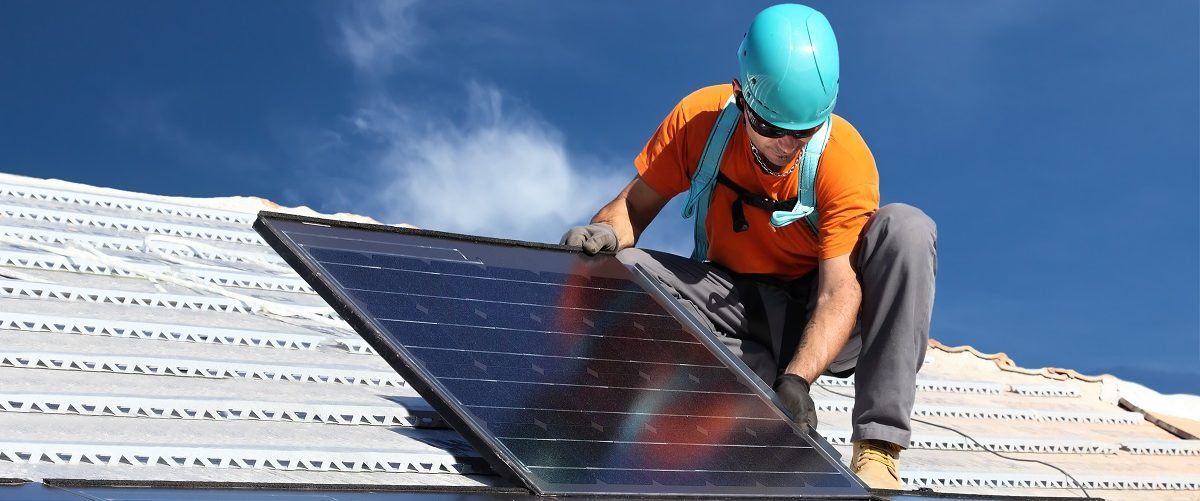
Why “cheap” solar increases the price of power
By David Wojick
I keep hearing that since solar power is cheap it pays to add it to the generation mix. Sometimes this claim is caveated, saying that it only pays up to a certain fraction of total generating capacity. Typical limits range from 30% to 60%. Moreover this claim that it pays to add solar is made by conservatives as well as liberals. We are, after all, just talking about money, not principles.
In reality this “solar pays” claim is like saying it pays to add a small, high mileage car as a second car. It ignores the added cost of buying two cars instead of one. With two car payments to make, you would only save money under very unusual conditions. For example, where you mostly drove the small car, drove a lot, and fuel was very expensive. None of these conditions hold when it comes to adding solar to the grid.
So let’s look into this cheap solar fallacy a bit more. Our starting point is the fabled cheapness. It is based on a simple measurement called the levelized cost of electricity (LCOE). You just take the cost of producing electricity over a long period of time, divided by the amount produced. For grid scale generation LCOE is usually measured in dollars per megawatt hour (MWh).
It is true that most LCOE reports for America have solar (and onshore wind) a little bit lower than for combined cycle gas fired power, which is today’s workhorse generator. However the difference is relatively small. Solar LCOE also varies a lot regionally, depending on how sunny it is, but we can ignore that complexity for now.
The big point is that it is impossible for solar to generate reliably. Night always happens and clouds happen frequently. This means that for every MW of solar generation there has to be a MW of gas fired power (or something else) backing it up.
Since we do not need more electricity, solar + gas is a zero sum game, just like having two cars but only driving one. Whenever solar is powering, gas is sitting there costing money but making none, even though it could.
Simply put, the cost of not running the gas generator in order to run the solar is part of the cost of that solar power. This cost of forced idleness is sometimes called the “capacity cost” of the system. The capacity cost due to solar should part of the solar LCOE, but it is not.
The capacity cost of gas fired solar backup will be large. The cost of gas for a power plant is normally only about a third of the total cost of the plant. Gas fired plants are not as expensive to build as coal fired, because their boilers are somewhat smaller, but they are still very expensive.
So when solar power forces gas power to stop, you may save on fuel but the capacity cost of having that gas plant sit their idling is much larger.
Solar may be reducing gas fired emissions but it is certainly not paying off. The same is true for onshore wind. (Offshore wind has an LCOE that may be three times greater or more than onshore, so the savings issue does not even arise.) In fact both solar and onshore wind should only be seen as expensive emission reduction technologies, not as power generation technologies. Both cost extra.
The high cost of backup capacity is why states like California and countries like Germany, that have implemented lots of solar and wind, have such expensive electricity. The power production cost of solar and onshore wind my be low but the grid system cost is not low at all.
Adding low cost solar and wind power just makes grid electricity more expensive.
Author
David Wojick
David Wojick, Ph.D. is an independent analyst working at the intersection of science, technology and policy. For origins see http://www.stemed.info/engineer_tackles_confusion.html For over 100 prior articles for CFACT see http://www.cfact.org/author/david-wojick-ph-d/ Available for confidential research and consulting.
From cfact.org